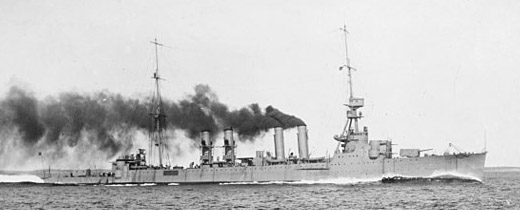So, this is something I've always kind of wondered but haven't found a solid answer for it.
Most of the major navies in the interwar period built some form of battlecruisers, or at least had them available at the start of the war, except for the USN. Why is that?
I know that the Lexingtons were originally supposed to be Battlecruisers, but that never happened due to the Washington Naval Treaty, which killed a whole generation of capital ships.
What would have had to been sacrificed in order for the US to make some actually functional battlecruisers? (Considering how little the Standard Battleships actually did during the war, I don't think a few battlecruisers could have done them worse if some of the Standards got sacrificed.)
If, hypothetically, the USN actually had some battlecruisers at the start of the war, how well would they have likely done? Would they have any chance of survival?
I'm completely open to having this whole idea torn apart, as much as I have a soft spot for battlecruisers as a whole; but oh well, that's how you learn!
Most of the major navies in the interwar period built some form of battlecruisers, or at least had them available at the start of the war, except for the USN. Why is that?
I know that the Lexingtons were originally supposed to be Battlecruisers, but that never happened due to the Washington Naval Treaty, which killed a whole generation of capital ships.
What would have had to been sacrificed in order for the US to make some actually functional battlecruisers? (Considering how little the Standard Battleships actually did during the war, I don't think a few battlecruisers could have done them worse if some of the Standards got sacrificed.)
If, hypothetically, the USN actually had some battlecruisers at the start of the war, how well would they have likely done? Would they have any chance of survival?
I'm completely open to having this whole idea torn apart, as much as I have a soft spot for battlecruisers as a whole; but oh well, that's how you learn!
